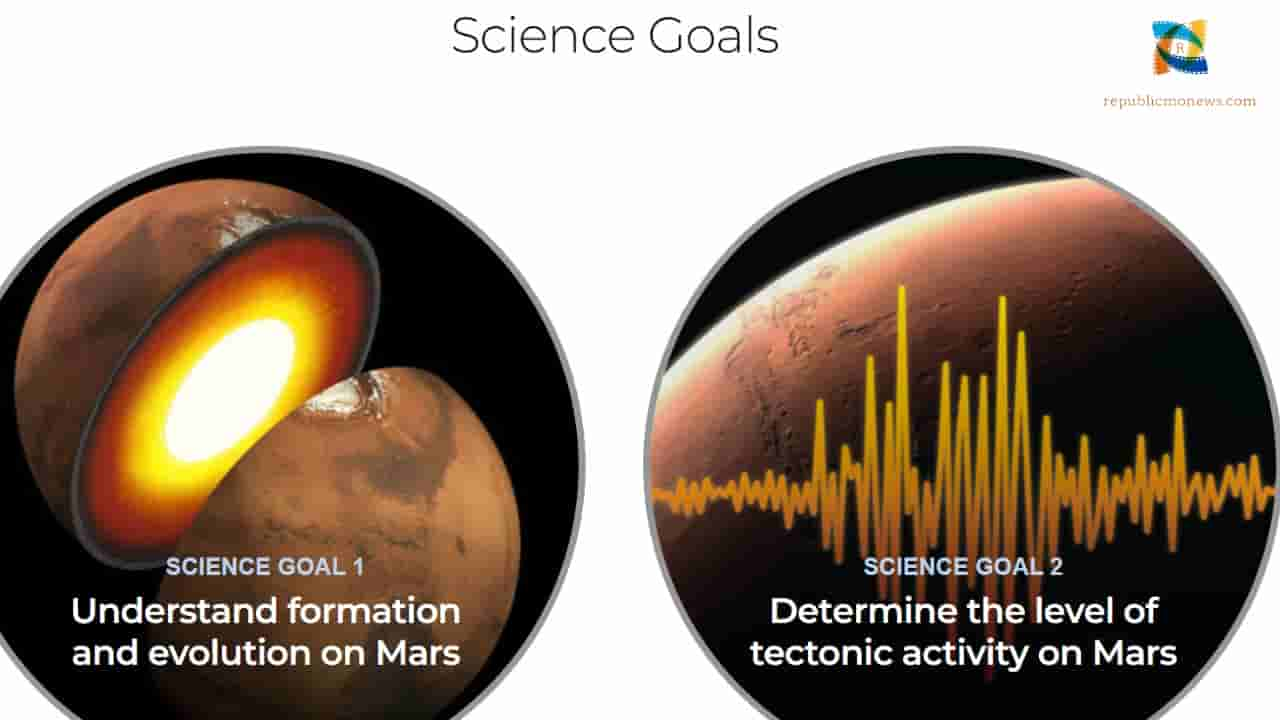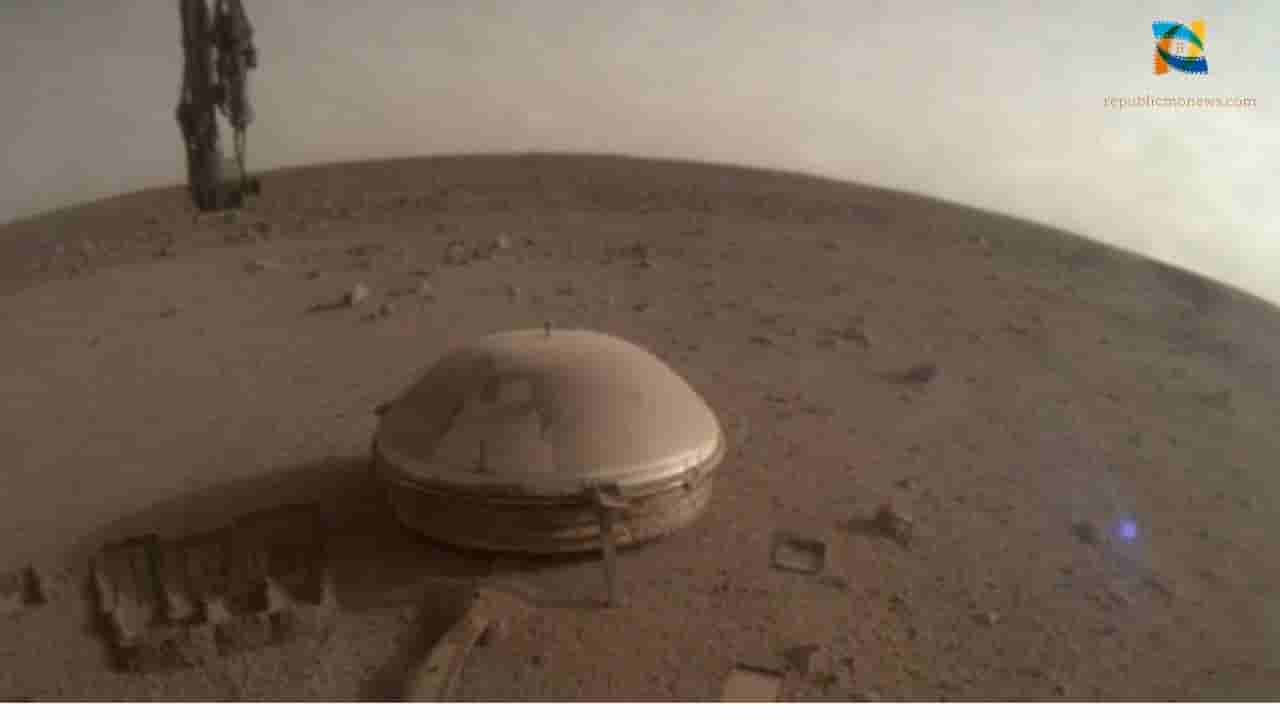InSight, which stands for Exploration using Seismic Investigations, and Heat Transport, is a Mars lander that will provide the Red Planet with its first formation of 4.5 billion. It is the outer space explorer to investigate Mars’ “inner space”: its crust, mantle, and core. The study of Mars’ crucial issues about developing our inner solar system’s rocky planets – Mercury, Venus, Earth, and Mars – more than 4 billion years exoplanets. Today, InSight measures and meteorite strikes on Mars.
The Shape of the Lander:
The lander employs cutting-edge instruments to probe deep into the surface in search of the traces of the processes that generated the terrestrial planets. It accomplishes this by measuring its “pulse”, “temperature”, and “reflexes”. This mission focuses on highly focused science missions that ask critical questions about the solar system.
First CubeSats to Deep Space:
The rocket that carried InSight also launched a second NASA technological experiment: two Mars Cube One, or MarCO, mini-spacecraft. These briefcase-sized CubeSats sailed behind InSight on their course to Mars. Their mission was to put new tiny deep space communication technology to the test. When the twin MarCOs arrived on Mars, they successfully communicated InSight data as it entered the Martian atmosphere and landed. This was the first test of miniature CubeSat technology on another planet.
InSight Science Objectives:

mars
The InSight of Mars to learn how a rocky body develops and grows into a planet. In addition, the task will evaluate the rate of Martian tectonic activity and meteorite strikes. The InSight Mars lander has two science goals that complement the Mission’s science aims: Origin and Evolution: Investigate the internal structure and dynamics of Mars to learn about the formation and evolution of terrestrial planets.
Why was Mars Chosen?
Previous Mars missions explored the Red Planet’s surface history by investigating canyons, volcanoes, rocks, and soil. However, formation signatures can only be discovered by sensing and analysing its “vital signs” deep beneath the surface. Mars is neither too large nor too small compared to the other terrestrial planets. This means it records its formation and can help us understand how terrestrial planets evolved. It is for studying the genesis and evolution of rocky planets. Mars has minimal levels to scientists. On the other hand, a lander like InSight Mars is.
Is That End Of Mars lander?
Since collecting data in early 2019, the lander has transformed our understanding of the Martian interior. Its solar panels are already dust-coated, its power is running low, and it’s just a matter of time before Mars InSight shuts down permanently. We expected it; NASA announced in May that InSight’s science operations would likely finish by the end of the year. But now reality has set in, and we’ll have to say goodbye. NASA shared in a tweet that the last image we get from power will most likely be insufficient for massive data exchanges.
Read Also:- Stephanie Browitt, Who is she? Where is White Island Survivor now?
















